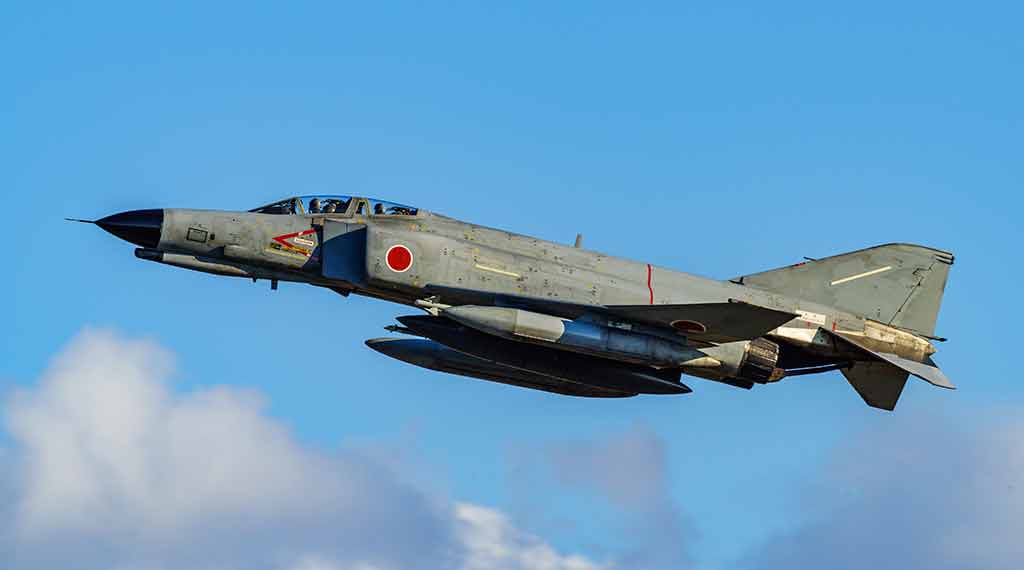
How Iran still flies the F-4 Phantom Since Hamas’ October 7 massacre in Israel, Iranian-backed militias across the Middle East have launched scores of attacks targeting the U.S. and its assets in the region. As America’s self-declared top adversary, the Islamic Republic of Iran poses perhaps the largest threat to U.S. national interests in the Near East.
Latest posts by Maya Carlin (see all)
- Iran’s Growing Missile Arsenal Is a Challenge for Israel - November 18, 2025
- IAI Is Hoping to Secure a Contract for the “Golden Dome” - November 3, 2025
- Trump dispatches B-1 bombers and other military assets to Venezuela - October 28, 2025
